
crafts and art
Explore and get to know the Local Heritage Crafts and Art of Kagawa, Japan, the foundation of our Curated Items. If you are considering our “Design Your Items from Scratch” service, knowing the available crafts and art is essential.
Kude-Shoji
Designated Local Heritage Crafts of Kagawa, Japan
Kagawa Shikki
Designated National Heritage Crafts from Kagawa, Japan
Temari of Kagawa
Designated Local Heritage Crafts of Kagawa, Japan
Setouchi Glass Photo Art
A Unique Art Form Born from Environmental Passion
Kude-Shoji
Designated Local Heritage Crafts of Kagawa, Japan
The first thing you need to know to understand the craft— Shoji
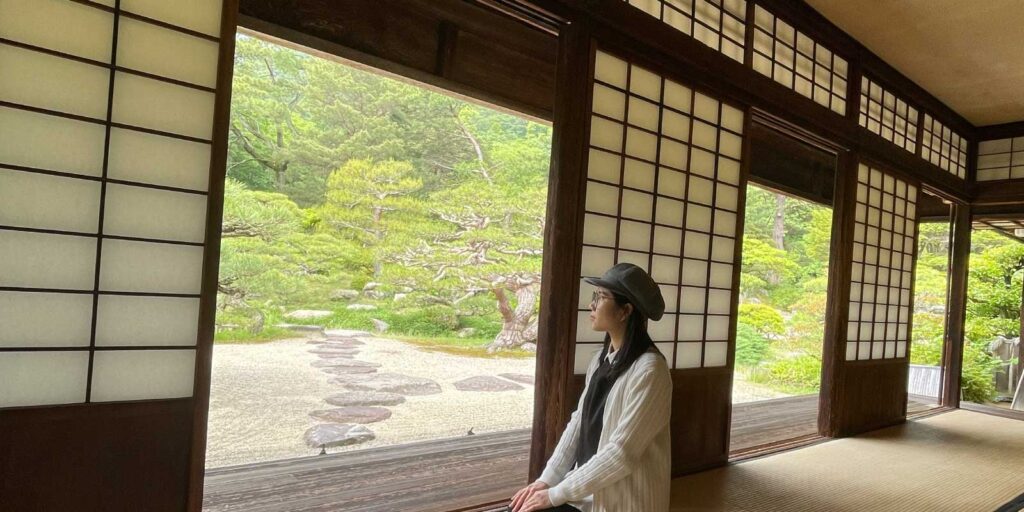
Shoji, a traditional feature in Japanese buildings, consists of interior sliding doors primarily crafted from wood. These doors are constructed by affixing thin wooden strips in a crisscross pattern within thicker wooden frames and attaching a thin sheet of paper to provide privacy and allow filtered light to pass through.
Kude-Shoji:
Kude-Shoji is a meticulously crafted item that embellishes Shoji doors with intricate and elegant patterns using thin wooden strips, all assembled without using nails.
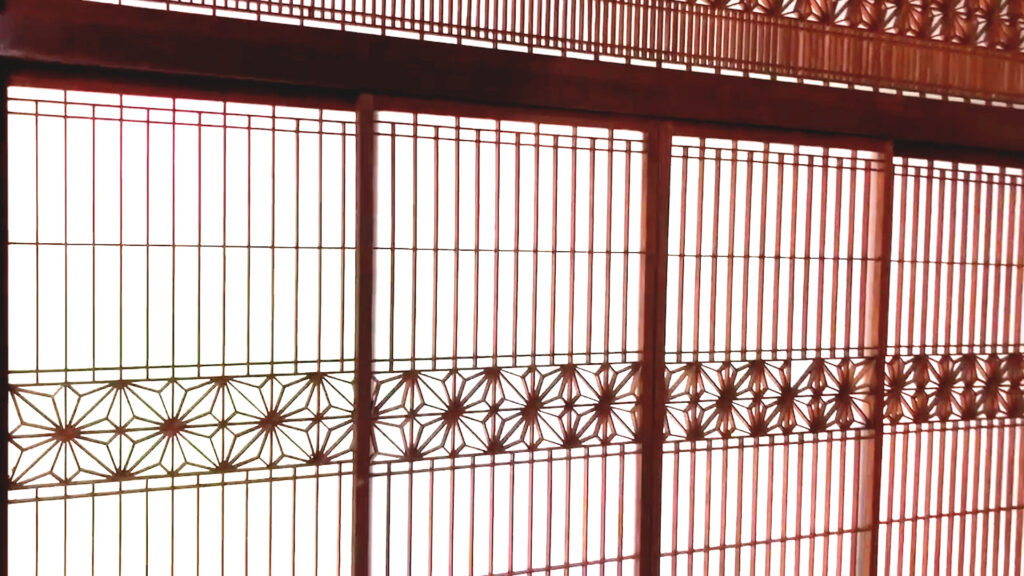
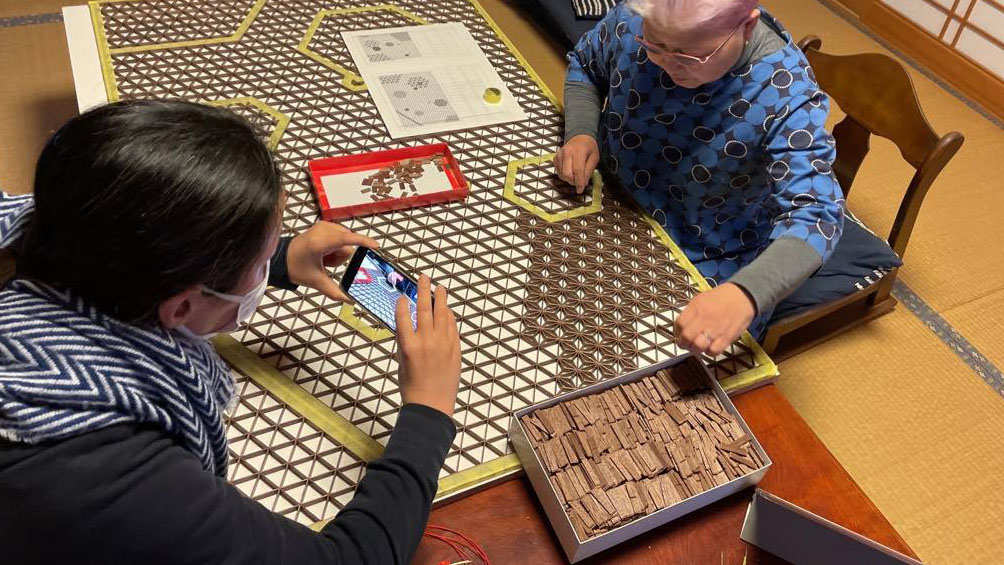
Kude Craft:
Kude craft involves the assembly of thin wooden strips without using nails or screws, achieved through precise cuts and grooves in the wood pieces.
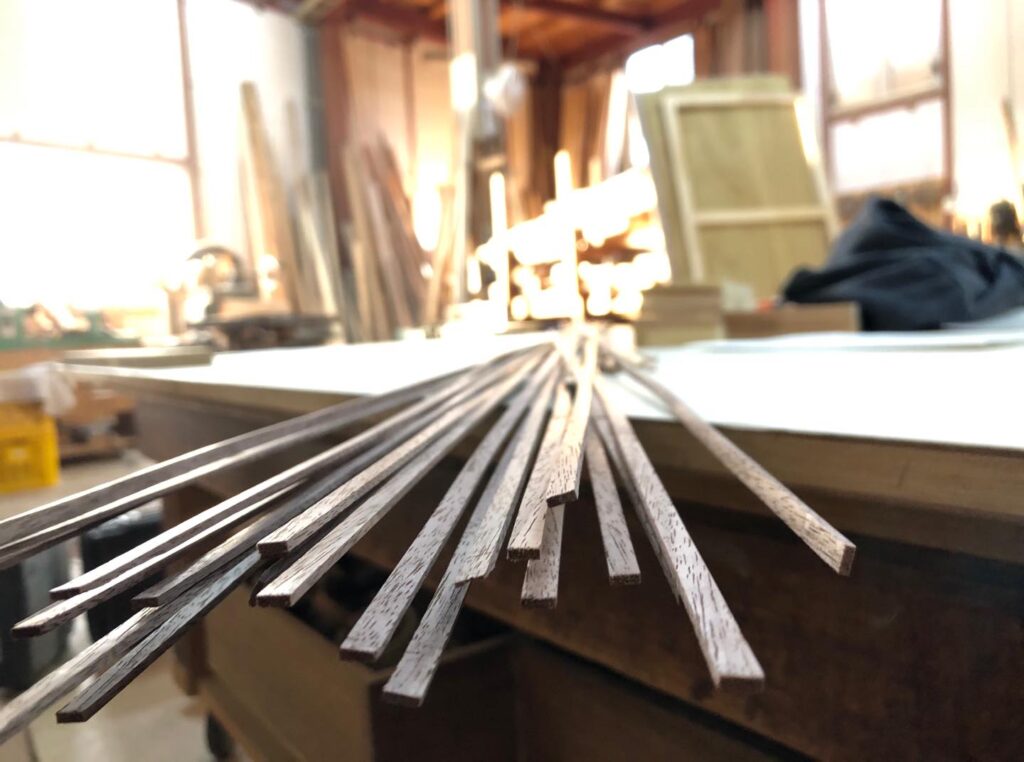

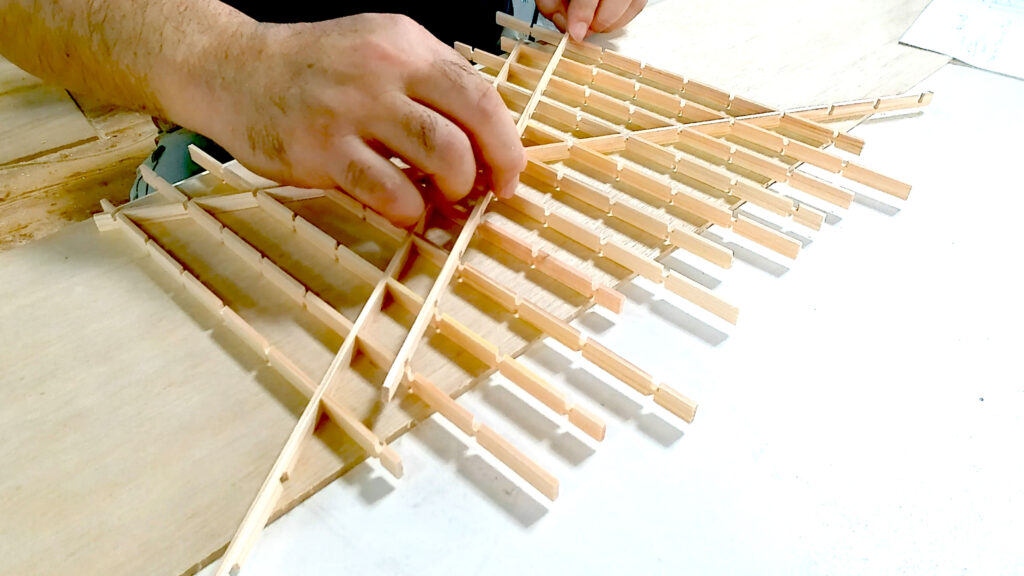
Kude Craftspeople/Artisans:
Kude craft is deeply intertwined with Shoji, traditional interior doors. All Kude artisans are, in fact, skilled joiners who have inherited and honed their craft through the knowledge of generations of joiners in the past. As a result, Kude craftspeople or artisans possess a comprehensive skill set shared with traditional joiners. Among their various skills, there are two distinguishing factors that we must mention here:
- their precision, with an error allowance of only 0.1mm
- their ability to identify wood that will remain resilient, resisting warping or twisting over time.
Kude vs. Kumiko:
While many regions in Japan refer to this craft as Kumiko, in Kagawa Prefecture, it goes by the name “Kude.” Although it might be more accessible to promote our craft as “Kumiko craft” for a broader audience, we maintain our local heritage and refer to it as “Kude,” as it reflects our pride in our regional tradition.
| Top of this page | Back to Curated Items | Kagawa Shikki | Temari of Kagawa | Setouchi Glass Photo Art |
Kagawa Shikki
Designated National Heritage Crafts from Kagawa, Japan
The first thing you need to know to understand the craft— Urushi 101
Ten key facts about Japanese lacquerware:
1.
Urushi is derived from the natural resins found in the sap of Lacquer trees.
2.
Both the tree and the resin are called Urushi.
3.
Objects coated with Urushi are known as Shikki.
4.
It serves as both glue and paint.
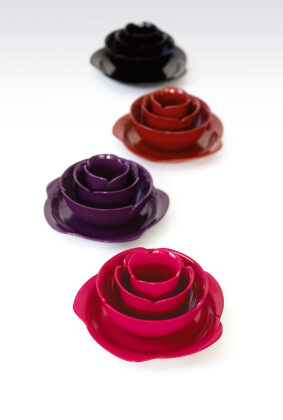
5.
Urushi can be applied to various materials, including wood, paper, bamboo, and plastic.
6.
It possesses remarkable properties that have been said to make Urushi the best resin that humans have developed so far.
7.
Urushi boasts numerous qualities:
- Resistant to acid, alkali, and alcohol
- Exceptional durability
- Waterproof
- Heat-retentive
- Antiseptic and bactericidal properties
- Used as glue
- Repairable
8.
The Japanese have utilized Urushi since the Jomon period (14000 B.C. to the 10th century B.C.).
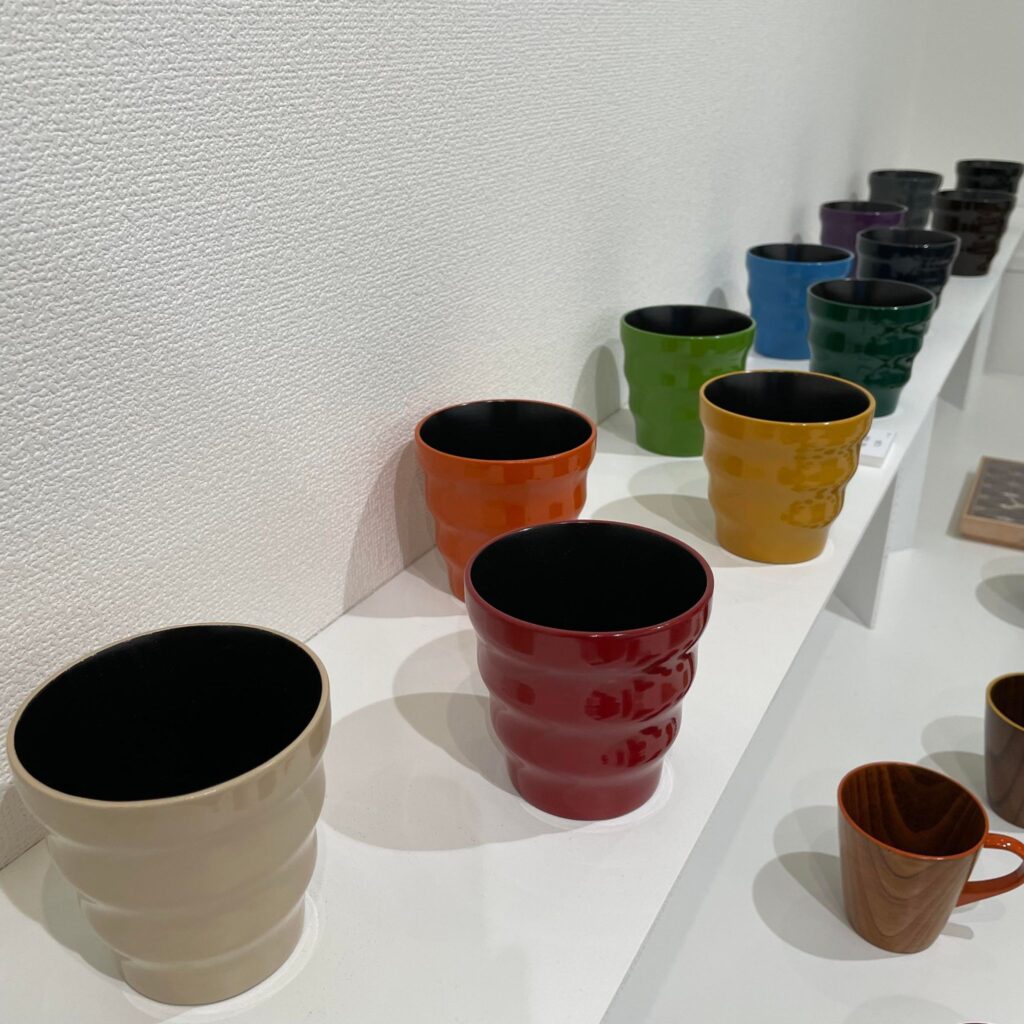
9.
Crafting a single item can involve as many as 12 to 30 or more intricate process steps, depending on the technique.
10.
Drying Urushi requires at least a day and a specific humidity level for solidification.
Kagawa Shikki:
All Shikki crafted in Kagawa prefecture are known as Kagawa Shikki.
Five lacquering techniques of Kagawa Shikki that are designated as National Heritage Crafts of Japan: Choshitsu, Zonsei, Kinma, Gotou-nuri, and Zoukoku-nuri.

Shikki Craftspeople/Artisans

The Uniqueness of Kagawa Shikki Craft:
Kagawa Shikki stands out for its versatility, encompassing various purposes and sizes. From everyday tableware to exquisite objet d’art, the size spans from small components of earrings to substantial pieces of furniture. This diversity sets it apart from other Shikki-producing regions.
Patience and Aestheticism:
Artisans must balance aesthetics with practicality, ensuring that each item is both beautiful and functional.
Applying one hundred coats of Urushi results in just 3mm of thickness. Carefully overcoating Urushi is essential to prevent warping or peeling in the future. Crafting with Urushi demands painstaking precision.
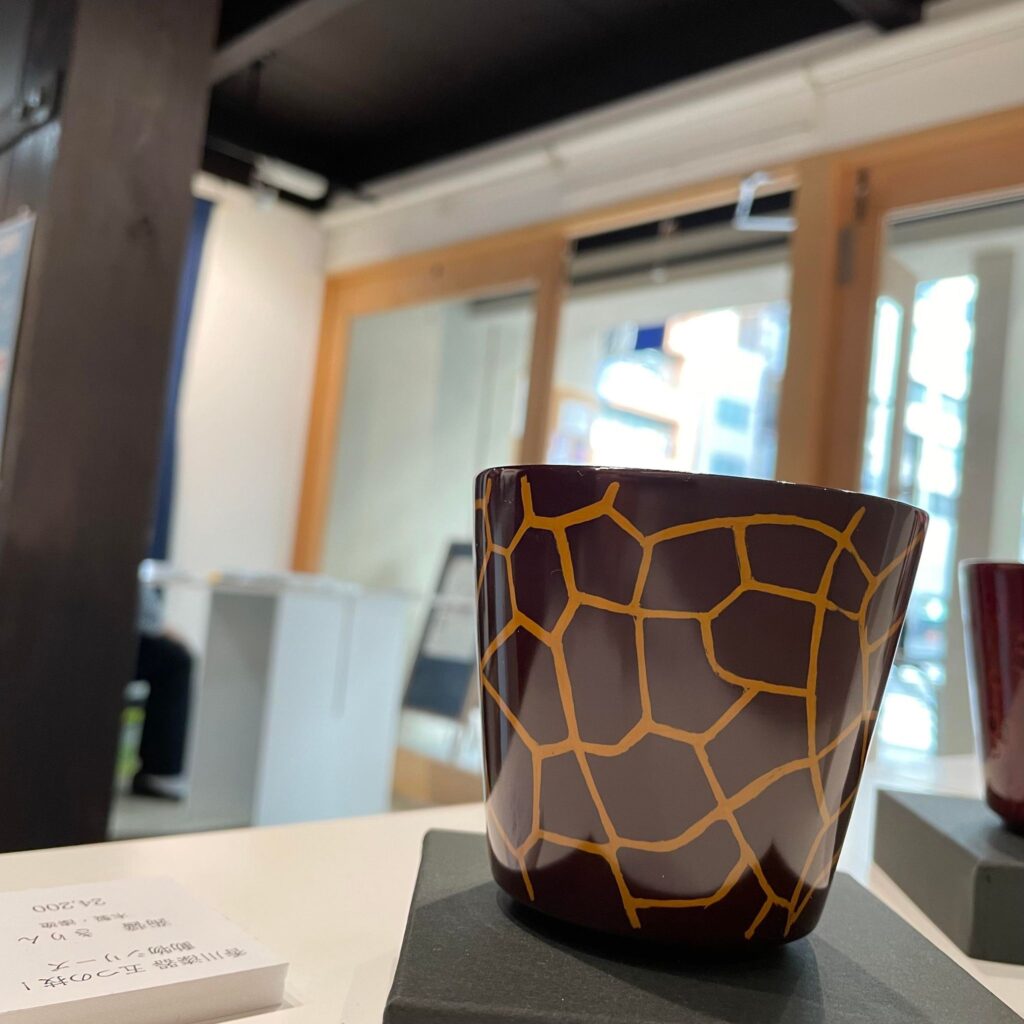
| Top of this page | Back to Curated Items | Kude-Shoji | Temari of Kagawa | Setouchi Glass Photo Art |
Temari of Kagawa
Designated Local Heritage Crafts of Kagawa, Japan
The first thing you need to know to understand the craft— Temari
Temari:
Temari is a traditional handball, originally a beloved plaything for girls, now valued as an objet d’art. It is adorned through the careful wrapping of vibrant, plant-dyed threads or the creation of intricate stitched patterns upon its core.
Temari of Kagawa
In regions where Temari is upheld as a Heritage Craft in Japan, silk threads are commonly used for embellishment. However, Kagawa Prefecture uniquely employs cotton threads. This choice is deeply entwined with the region’s historical context.
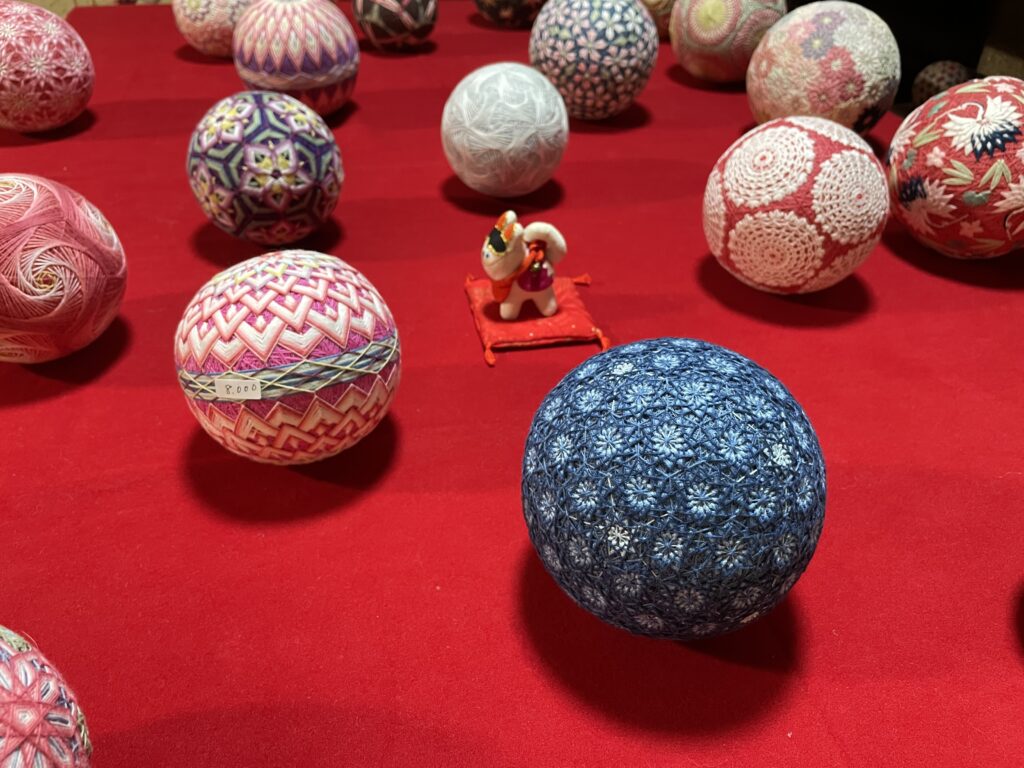

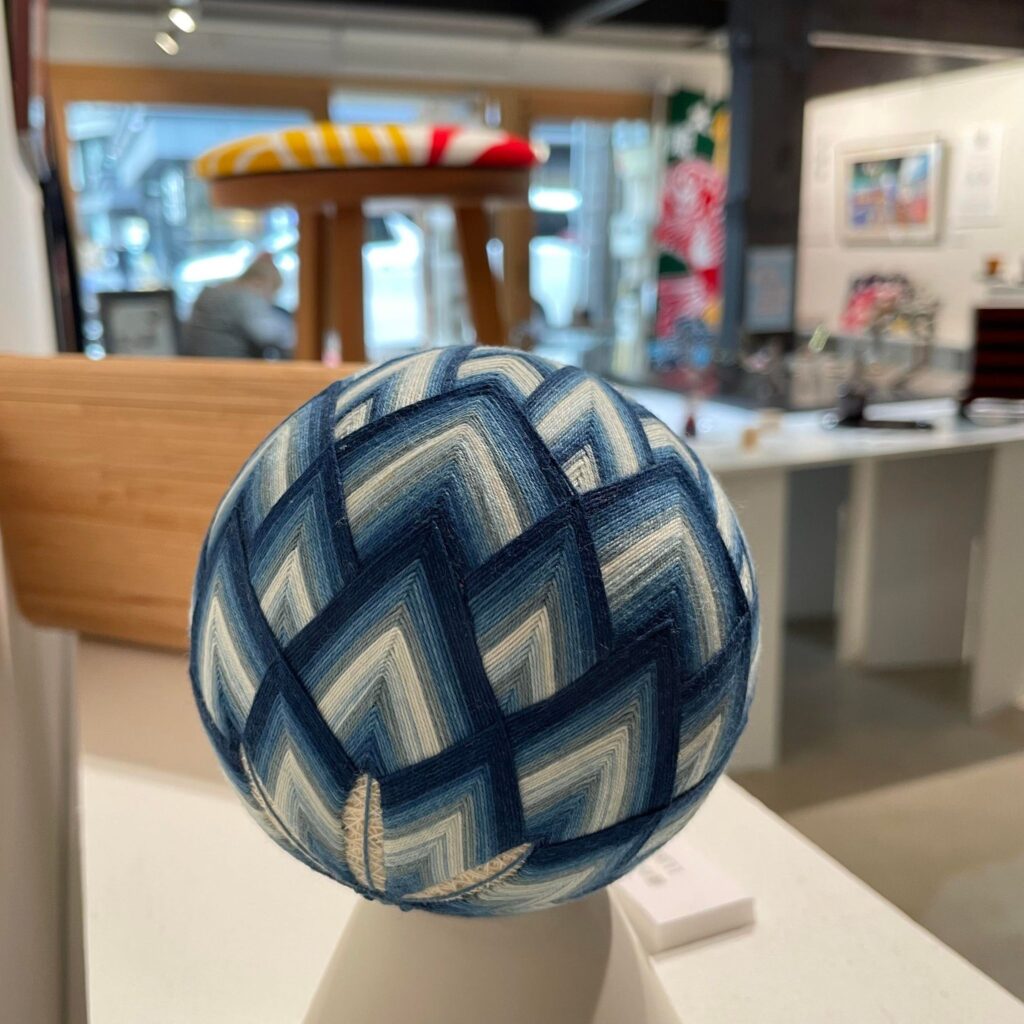
The Roots of Temari in Kagawa
The origins of Kagawa Temari are closely tied to the western part of Kagawa, a region renowned for cotton cultivation. The abundant cotton resources in the West fostered the birth of this craft.
Silk vs. Cotton
The choice between silk and cotton is not about superiority; it’s a matter of personal preference. Silk-thread Temari exudes radiance, elegance, and opulence. On the other hand, cotton-thread Temari carries a rustic charm, evoking a heartwarming sense of countryside living.
Traditional Patterns vs. Modern Designs
Within Kagawa’s Temari tradition, two distinct groups of artisans emerge. Some remain dedicated to preserving time-honored Temari patterns, while others continually seek fresh designs, exploring their artistic identities while upholding traditional patterns. KoLe, Shikoku, Japan, collaborates with the latter group of artisans.
Handcrafted Excellence
Whether fashioned from silk or cotton and whether featuring traditional or modern designs, every step of the Temari crafting process is meticulously performed by hand.
| Top of this page | Back to Curated Items | Kude-Shoji | Kagawa Shikki | Setouchi Glass Photo Art |
Setouchi Glass Photo Art
A Unique Art Form Born from Environmental Passion



Meet Kozy, the Setouchi Glass Photo Artist, often spotted on the serene waters of Kagawa’s side of the Seto Inland Sea, either gliding on his SUP board or strolling along the calm shores of this remarkable archipelago-laden environment.

Kozy’s journey into the world of art was unconventional. He wasn’t an artist from the start. Instead, his path was driven by a determination to share the natural wonders of his local sea with a broader audience and a deep passion for environmental stewardship. At the heart of his art lies the commitment to monitor shoreline litter and contribute to the cleanliness of local shores.
After months of searching for a means to convey his message and love for the local marine ecosystem, Kozy stumbled upon an unexpected source of inspiration – taking and sharing photos of piled-up pebbles of beach glass collected during his beach visits.
Our founder, a keen observer, noticed Kozy’s evolving work. Over time, Kozy’s casual snapshots transformed into art pieces. As our founder continued to observe, Kozy delved into photography techniques and embarked on a personal journey to find his artistic theme. Along the way, Kozy discovered that arranging beach glass pebbles had a calming effect akin to meditation. Now, Kozy is looking forward to the opportunities to demonstrate and others to try this art form with him on our local beaches.
While Setouchi Glass Photo Art isn’t a local Heritage Craft, our founder felt compelled to invite Kozy to join our venture. Kozy’s work resonates deeply with our mission of “redefining luxury” and offering a path toward a sustainable future.
| Top of this page | Back to Curated Items | Kude-Shoji | Kagawa Shikki | Temari of Kagawa |